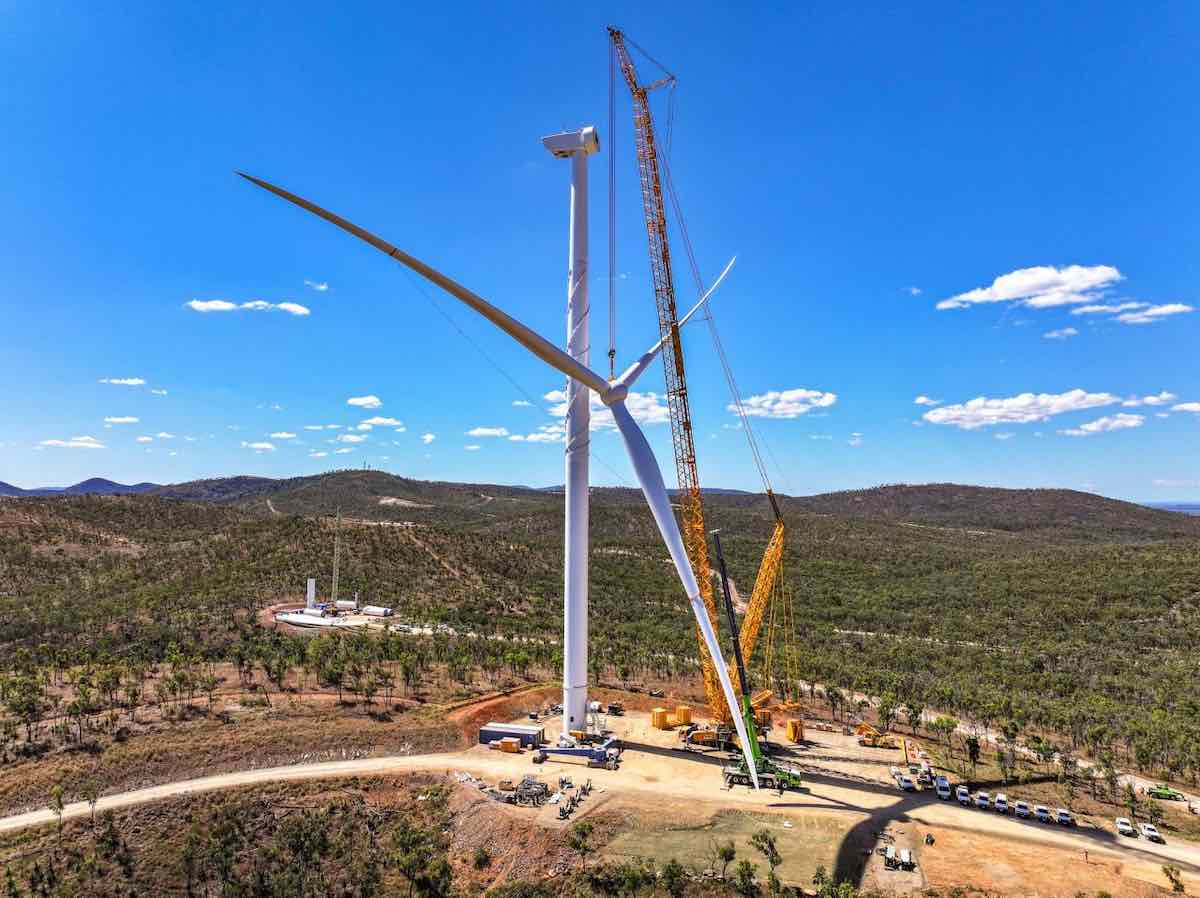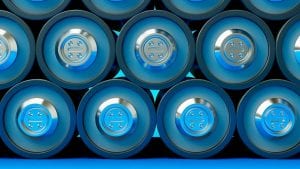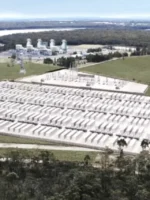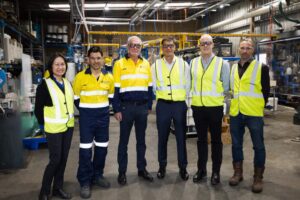The federal government’s green bank says it will take around $120 billion of capital to finance enough new solar, wind, hydro, transmission and storage to decarbonise the National Electricity Market in time to meet Australia’s renewable energy target of 82% by 2030.
In its 2022-23 Annual Report, published on Thursday, the Clean Energy Finance Corporation says it committed a record $1.2 billion to renewable energy and grid-related projects over the past financial year.
This has included transactions to help finance some of the year’s biggest new projects, like the first stage of the 756MW Golden Plains wind farm in Victoria and the 850MW Waratah Super Battery in New South Wales.
All up the CEFC made 50 new and follow-on investments across the economy in 2022-23, which it says attracted a record $5.02 of additional capital for each $1.00 of capital invested, driving $11.7 billion in additional investment nationwide.

The green bank, which started out 10 years ago with a kitty of $10 billion, says it has so far drawn a net $4.93 billion from its original funding allocation, including $6.46 billion drawn from, and $1.53 billion returned to, the CEFC Special Account.

With an Albanese government boost of $20.5 billion – to be divided between Rewiring the Nation investments, the Household Energy Upgrades Fund, and the Powering Australia Technology Fund – the CEFC kicks off the new financial year with a much bigger funding pool.
“The CEFC invests where our capital can make the biggest impact,” says CEFC chief Ian Learmonth.
“Economy-wide decarbonisation starts with the energy sector, underscoring the importance of our backing for 5.1GW of new solar and wind generation capacity since we began investing.”
But the task ahead is huge, and investment needs to ramp up to be both bigger and faster.
“The CEFC estimates that more than $120 billion of capital expenditure is needed to finance new solar, wind, hydro, transmission and storage to 2030-31 in the National Electricity Market alone,” the report says.
For context, the CEFC deployed $929 million in capital during the 2022-23 year, taking lifetime deployment to $10.08 billion through 30 June 2023.
The report also points to industry modelling that shows combined investment in energy supply and abatement technologies in key industries, including steel, chemicals and critical minerals, could be as high as $625 billion by 2050, or more than $20.8 billion annually.
Huge numbers – but as the CEFC report also notes, nothing we haven’t seen before in Australia’s energy markets.
“While this represents a substantial commitment, it is less than 10 per cent of the total export value of the respective sectors and is comparable to investments made through other nation-building projects, including LNG ($305 billion),” the report says.
Outside of large-scale renewables and the grid, the CEFC reports a record $54.5 million investment in new and follow-on commitments via its Innovation Fund in 2022–23, which invests in pre-seed to growth-stage decarbonisation technology.
“Through these investment commitments we are using CEFC capital to help offset the impact of economic, inflationary and supply chain headwinds which may impede our energy transition,” Learmonth says.
The report says each $1 of Innovation Fund capital attracted an additional $6.47 in private sector capital in the reporting year, delivering a combined $407.3 million to emerging climate tech businesses.
Some of the green bank’s biggest capital outlays over the past year have included $175 million to Tag Energy’s Golden Plains wind farm; $125 million to the Commonwealth Bank’s Green Home loan offer for builders and renovators, and; $100 million each to Black Rock for the Waratah Super Battery, and FRV Australia for the Walla Wall solar farm. Neoen Australia’s Capital Battery received $35.5 million.












